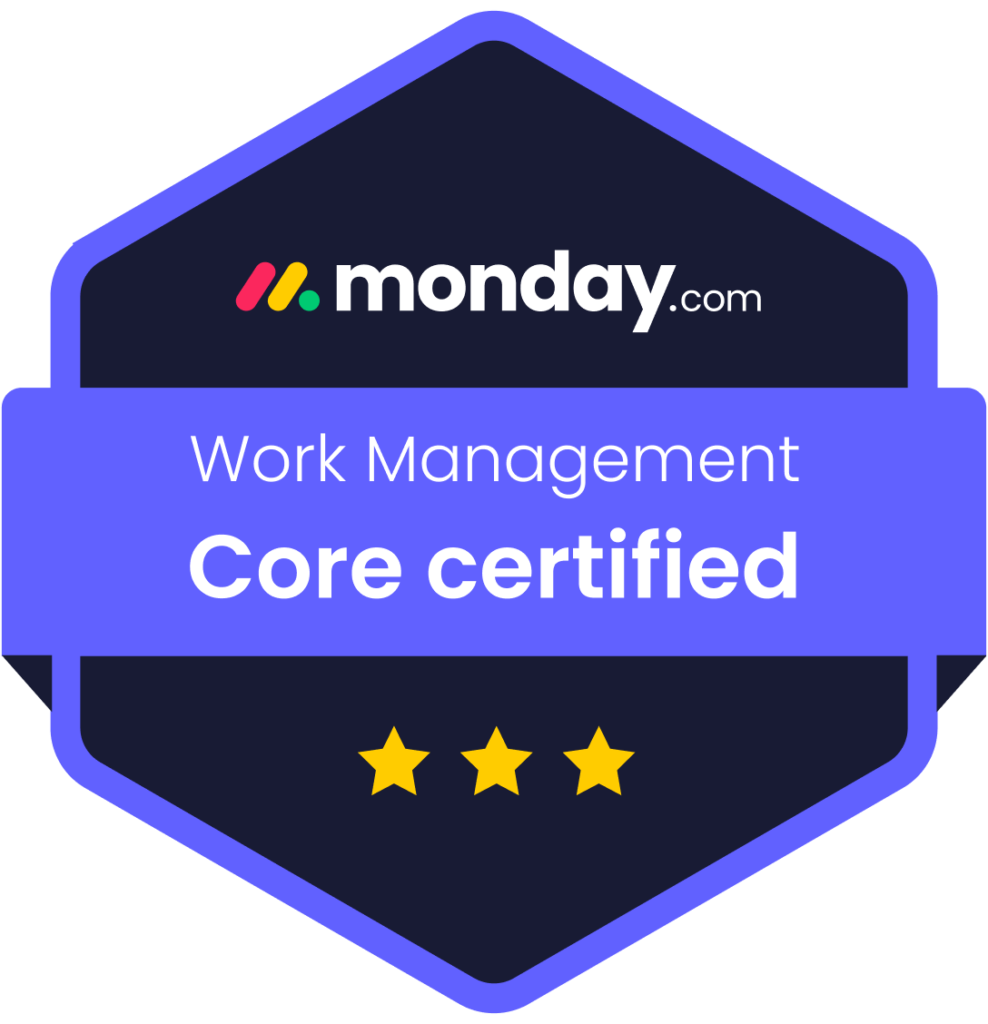There is a big gap between doing SEO and doing it right. SEO impacts how potential customers see the products of your e-commerce store. Even basic mistakes during SEO can hurt your visibility and sales. Here are the five common SEO mistakes and ways to avoid them for the best results.
Using Generic Manufacturer Product Descriptions
Your SERP rank will suffer If you use product descriptions straight from manufacturers on your e-commerce site. Copying generic product descriptions creates duplicate content across multiple websites selling the same items. Search engines spot these identical descriptions and rank sites lower as a result. When hundreds of stores use the same text, search engines must choose which version to show in search results. SERPs might favor some other sites that feature a product similar to yours. Your e-commerce store can be lost in the depths of the internet.
Your effort in writing unique product descriptions pays dividends in the long run. Use the information provided by the product manufacturers to write clear descriptions. Shine some spotlight on the product’s usage and its benefits to the user. It will help buyers make an informed decision.
Creating unique descriptions for each product can be challenging if you have a huge inventory. You can avoid being repetitive by creating a template system that lets you customize product descriptions on the fly. It helps you maintain a brand voice without sounding generic.
You can also add a “noindex” tag for products with duplicate content if it is impossible to write original descriptions. Search engines will not include these pages in search results. Doing this can prevent SEO from flagging your content as plagiarism or duplicate.
If writing is not your forte, hiring writers to create unique content gradually is a good idea. Give them clear guidelines about the tone you want. Build clear expectations about what you expect and what information to include. Your content writer must understand your products and the targeted clientele.
Poor Product Page Structure
Product pages without a clear structure are a big no-no for SEO optimization. It will end up confusing your users as well as search engines. Poor design choices can create a messy layout that makes it hard to find information. A well-structured product page helps search engines understand your content. It helps your page rank in SERPS.
E-commerce stores make the mistake of using generic titles instead of descriptive ones that include keywords. Create titles that describe the product and match how people search. Use natural language as it is beneficial for voice search.
Avoid long URLs with random numbers and characters. Create clean URLs that follow your site’s category structure. It gives the user a clear idea of where they are browsing your page. For example, use “yourstore.com/category/product-name” instead of “yourstore.com/p/12345?cat=98”. The browsing experience for the user will be so much better due to this.
Product categories help users find what they want and help search engines understand your site structure. Build logical categories based on how customers shop. Don’t create too many levels, which can confuse your target client. Use breadcrumbs to help search engines understand your site structure. Clear names that match common search terms can boost your page ranking in SERPs.
Optimize the page image as well. Don’t make the costly mistake of uploading images with random file names or no alt text. Search engines rely on that data to understand what your e-commerce store is all about. Name your image files with descriptive terms and write alt text that explains what the image shows.
Make it easy for search engines to understand your product information with Schema markup. It helps your products stand out in the SERPs. Your potential customers can view the product details and ratings in the search results. This rich snippet can motivate clients to make a purchase.
When potential clients visit your e-commerce page, they must have a sense of urgency. Add a clear call to action button to encourage your visitors to decide. You can display any offer or discount that you are offering prominently.
Bad Management of Out-of-Stock Products
Many online stores make the mistake of simply deleting their product pages when items go out of stock. The break in internal links creates 404 errors. Other stores may use temporary 302 redirects, which don’t pass SEO value to the new page—these stop-gap measures affect the SEO of your e-commerce site.
If the product is temporarily out of stock, you can keep the page live with clear information about future availability. Offer to notify your visitors when the product arrives. Show similar products they might like instead. You can also add an option for backorders or pre-orders.
Permanently discontinued products need different handling. Create permanent 301 redirects to the most similar products still available. It helps preserve the SEO authority to maintain the site’s organic search performance. Update any internal links pointing to the old product to prevent redirect chains. Remove the product from your navigation menus and search filters.
Missing Product Reviews
Product reviews do more than help customers decide what to buy – they boost your SEO, too. Reviews create content using natural language that matches how people search. They often include specific details about product use that you might not think to put in the main description.
You do your SEO efforts no favor if you do not collect reviews or display them properly. Build a system that keeps reviews on your domain and shows positive and negative feedback. Use review schema markup to show star ratings in search results. It can increase click-through rates. Moderate reviews are used to remove spam, but hiding legitimate negative reviews is a big no-no. They add credibility and often contain useful feedback about product or site improvements.
Your customers should be able to leave a review after every purchase. Make the review process as uncomplicated as possible. No one has the time or patience to deal with a long form. Ask specific questions to guide reviewers toward helpful responses. Thank the reviewers for their feedback and response to their concerns. You can even offer loyalty points or coupons for reviews as encouragement.
Ignoring Search Intent
Your e-commerce site should focus on more than just product features. It should match how people search as well. Research intent needs content different from purchase intent. Someone searching for “how to choose x” needs a buying guide that explains their features. It is a good idea to direct them to the blog section of your site. A user searching for “product x” probably wants to buy that specific model. They should be served with pricing and shipping information.
Study your search analytics to understand how people find your products. It will help you understand what users want when they search for specific terms. Look at the search terms that bring traffic to different pages. Check what terms bring the highest conversion rates. Use this data to match your content to different stages of the buying process.
Create content for each type of search intent. Buying guides and comparison pages help research-focused searches. Product category pages with filters help browsers narrow down options. Product pages with clear pricing, availability, and purchase options serve buyers ready to purchase.
How to Get the Best Out of Your SEO Efforts
SEO offers the best bang for your buck to build a sustainable presence on the web. Paid advertising stops working when you stop paying. SEO, if it is done properly, continues to bring traffic. Keep an eye on your progress to know what is working. Don’t expect results overnight! Every metric is an indicator of the result of your SEO efforts.
Keep your technical SEO strong. Fast loading speeds can be the difference between a successful sale or a high bounce rate. Remove unnecessary codes that can increase load time. Compress images or videos to save bandwidth. Test your site’s speed regularly and fix problems quickly. Your store should work well on all devices. Optimize the page to work on mobile.
Build quality backlinks by creating useful content beyond product pages. It helps increase the reputation of your e-commerce store. Write helpful articles about the products or services that you sell. You can create how-tos, product comparisons, or other interesting blog posts to engage your audience. It helps amplify your voice and establish your site as an authority in your niche.
Keep your XML sitemap updated so search engines find new products quickly. Monitor your competition to spot new opportunities. It helps you stay competitive in the crowded marketplace.
Do your SEO correctly, and your business will leave the competition behind in the dust. Don’t leave anything to chance! A small oversight on your part can damage your rankings over time. If you are at your wits end with SEO, you can speak to our experts at (203) 226-8795. Fill out our contact form or email us to make the best SEO decisions for your e-commerce store.












